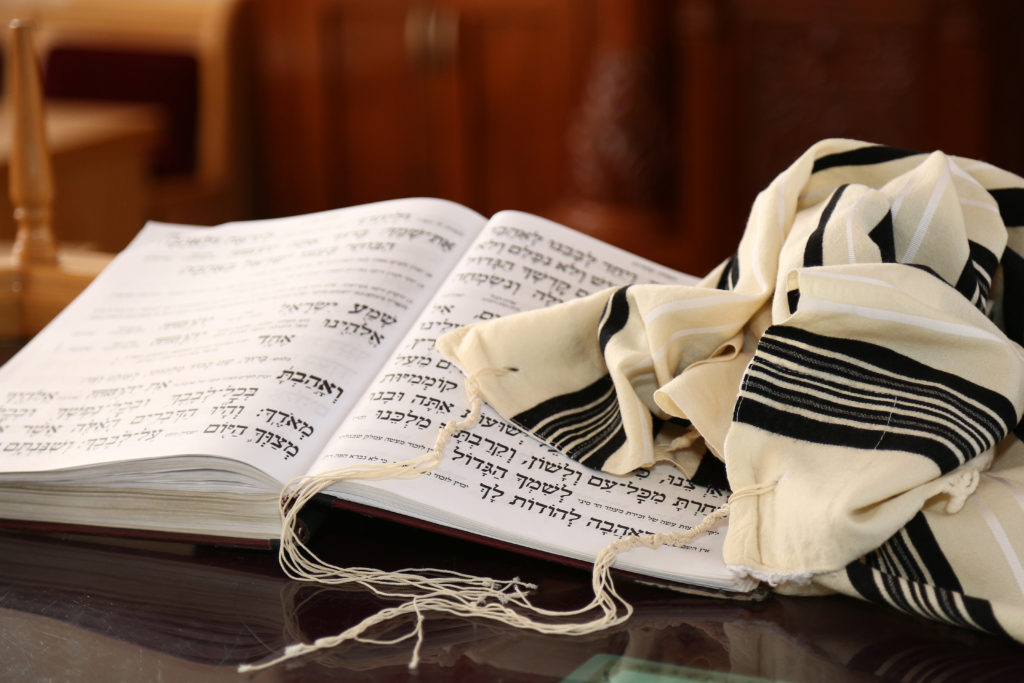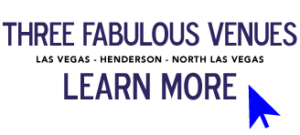Common Bar and Bat Mitzvah Symbols and What They Mean
For the uninitiated, the symbols at a Jewish bar and bat mitzvah may look like a random collection of items. But each symbol has an underlying meaning, and there’s even different levels of meaning or interpretation in the various symbols used. Actually, there are four levels of interpretation in Jewish scripture, which illustrates the true meaning behind many Jewish signs and symbols.
The different levels are known as PaRDeS, a helpful mnemonic device that stands for the four meanings. The first level is known as peshat, which stands for the simple, straightforward explanation that is most readily understood. The second level of meaning is remez, which means a symbolic or allegorical meaning, and it merely hints at the true meaning. The third level is derash, which is an approach that derives meaning through analysis, cross-referencing or inquiry. The final level is the sod, or secret, mystical interpretation.
So when you’re observing a Jewish sign or symbol, know that there are different interpretations — from the shallow and obvious to the hidden and deeply philosophical or secret meaning that may only be known to enlightened participants or believers.
Here are some of the most common symbols you’ll see at a Jewish bar or bat mitzvah.
Kippah
As one of the most well-known Jewish symbols, the kippah, also known as a yarmulke, is a type of headwear worn by Jewish men when they pray, read from religious texts or attend ceremonies like a Bar or Bat Mitzvah, or a Jewish wedding. They’re also expected to wear a kippah when entering a synagogue, attending a funeral or performing any kind of religious activity.
Outside of Orthodox communities, women may often wear a kippah, too.
Some people think that there’s a Jewish requirement to wear a kippah at all times, but that’s up to the individual. Many men may wear a kippah to reaffirm their faith or to remind them of their responsibility and accountability for their actions and words.
As for its meaning, kippah literally means “dome,” though the kippah is a sign of maturity. In a bar mitzvah ceremony, a kippah is worn for the first time by the bar mitzvah boy.
Even if you’re not Jewish, wearing a kippah during a bar or bat mitzvah ceremony is a sign of respect.
Tallit
As a prayer shawl for Jewish men to wear during morning prayer, there are actually two types of tallitot. One is a small tallit called the tallit katan, which is normally worn under the clothes. The large tallit or tallit gadol is a larger prayer shawl worn on the outside of clothing — it’s also what most people mean when they say tallit.
Before a boy’s bar mitzvah, the father traditionally buys a tallit for the ceremony. In conservative and reform communities, parents may also purchase a tallit for their daughter to be used during the bat mitzvah ceremony. Depending on denomination, some communities wear a full-size tallit that covers the entire upper body, while others may wear a smaller tallit that only goes around the neck.
Tefillin
No, that’s not a headlamp or some kind of seeing device — tefillin are a pair of small black leather boxes that contain verses from the Torah written in Hebrew. One is placed on the upper arm with seven straps wrapping the forearm, while the other is placed on the forehead.
Like the tallit, tefillin is typically purchased by the father for his son’s bar mitzvah ceremony. However, there are three different types of tefillin. One is the simple tefillin, also known as tefillin peshutim, which is made of glued leather. They’re cheap and simple, but they also don’t last long. The next step up is tefillin dakkot, or thin tefillin (also known as tefillin peshutim mehudarim, which means “superior simple tefillin), which are made from a single piece of leather.
That said, most religious Jews have tefillin gassot, or thick tefillin. It’s made from a thick piece of leather (typically cow skin), and they’re also the most durable and long-lasting, as well as the most expensive of the three.
In some bar mitzvahs, tefillin serves as inspiration for the food, such as tefillin-shaped cake or snacks.
Torah
In use, the word Torah can mean different things. Most people mean the five books of Moses, also known as the Torah of Moses, the most important religious text in Judaism, but it can also mean the Hebrew Bible, which is made up of the five books of Moses, the Nevi’im and the Ketuvim.
There’s also the oral Torah, which is a collection of Rabbinical interpretations and religious commentary handed down through generations until they were written into the Talmud and Midrash.
The literal definition of Torah means “law” or “instruction,” but most Jews treat the Torah as a guide or manual for life.
During a bar mitzvah — as well as in bat mitzvahs in conservative and reform communities — a portion of the Torah is read aloud, often as the high point of the ceremony, but it’s also used during Shabbat morning service as well as during the week.
Torah Pointer (Yad)
Literally meaning “hand,” the yad is a pointer that is used to read aloud from the Torah. Because Torah scrolls are handwritten and delicate, the yad protects the scroll from damage. It’s one of the main symbols at a Jewish bar or bat mitzvah as the guest of honor will use it to read from the Torah during the proceedings. It can also make a great gift.
Shabbat Candles
As one of the few commandments that are women-only, Shabbat candles are lit on Friday nights to welcome the Sabbath. They’re common gifts at bat mitzvahs, and during the bat mitzvah ceremony there may be an additional candle-lighting segment.
Kiddush Cup
Used during recitals of the Kiddush blessing (a blessing over wine), the Kiddush cup is a common feature of holiday meals or before Shabbat. After filling the cup and reciting a Kiddush blessing, a drink is taken. A Kiddush cup is also a good gift for both bar mitzvah boys and bat mitzvah girls as it’s one of the few symbols that are suitable for both.
Celebrate a Bar or Bat Mitzvah With Us
After the ceremony, let Occasions4.us help you throw that big, blow-out party. Symbols at a Jewish bar and bat mitzvah can help your child take that religious first step, but why not cap it all off with a huge party at one of our five fabulous venues throughout Southern Nevada (Las Vegas, North Las Vegas, and Henderson)? Call us today to book a coming-of-age party, or request an event proposal to see what we can do for you at Aliante Golf Club, Primm Golf Club, Spanish Trails Country Club, The Legacy Golf Club or Wildhorse Golf Club.




